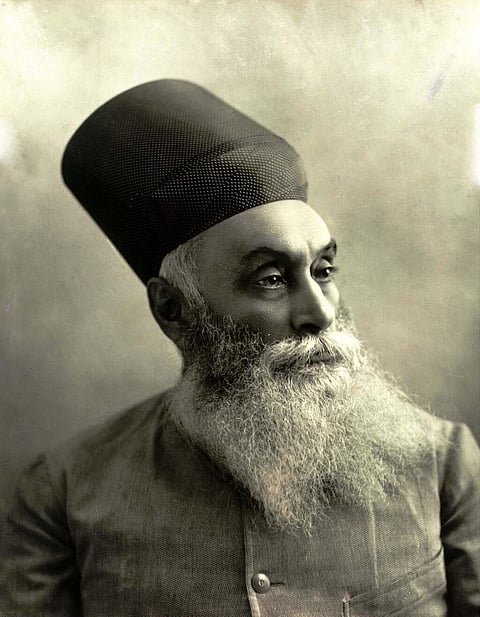Jamsetji worked under his father's shadow until the age of 29. In 1868 with the confidence , knowledge and experience that he gathered by working under his father for 9 years he started off with his own trading company with a capital of worth Rs 21,000. Howsoever, Tata was left with many worthless bills of credit due to which he had to liquidate his company. Jamsetji made his move into textile industry by buying a bankrupt oil mill in 'Chinchpokli' in 1869 converting it to a cotton mill and later renaming it as 'Alexandra Mill'. However, he sold it two years later for profit to a local merchant. He established another cotton mill in 1874 in Nagpur naming it 'Empress Mill' which brought huge profits to him. He opened several other mills, three years later. To better his mills he made frequent trips to England to learn fine spinning technology. He also traveled to Egypt to master cultivation and grow higher quality cotton. These cotton mills brought him huge revenues, but were later sold by him for huge sum of money .


